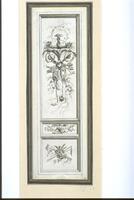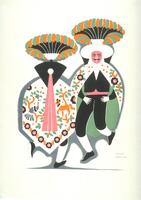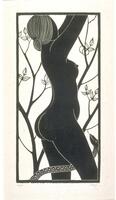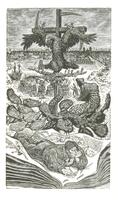22 UMMA Objects
22 UMMA Objects

Indian (Indian (South Asian))
Mukha-Linga
19th century
Gift of Dr. and Mrs. Leo S. Figiel and Dr. and Mrs. Steven J. Figiel
1981/2.52A

Marilyn Bridges (American (North American))
Serpent Mound, Ohio
1982
Gift of Mr. and Mrs. James Agah, Class of 1989 (BBA)
2012/2.12
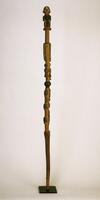
Kongo (Kongo (culture or style))
Staff
1900 – 1950
Gift of Margaret H. and Albert J. Coudron
2001/2.42

Akan (Akan (culture or style))
Gold-weight
1900 – 1985
Gift of Dr. James and Vivian Curtis
1997/1.504

Vik Muniz (American (North American))
Untitled (Medusa Marinara)
1999
Gift of the Peter Norton Family Foundation
1999/1.108

Korean (Korean (culture or style))
Twelve Zodiac Animals: Snake
1945 – 1980
Transfer from the Department of the History of Art, Slide and Photograph Collection, gift of Mrs. Pilsoon L. Chun
2021/1.128.6
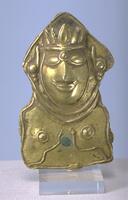
Indian (Indian (South Asian))
Folk Durga
16th century
Gift of Dr. and Mrs. Leo S. Figiel and Dr. and Mrs. Steven J. Figiel
1980/2.267
Loading…
